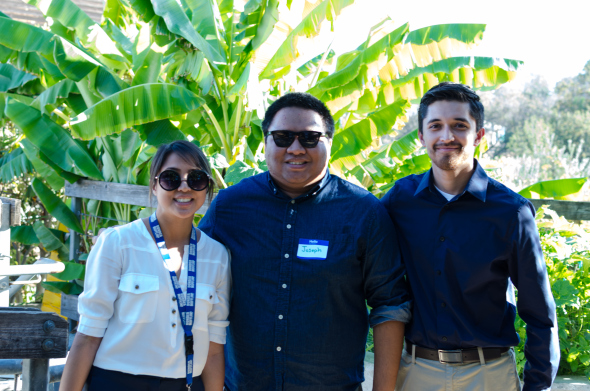After learning of the Velib bicycle sharing program in Paris, France from the “Velib” video on Street Films, I was surprised at the speed of the implementation of the program throughout the city. There are a lot of regulatory hurdles that have to be passed through to implement a transit program, but when it comes to bicycles, it might take a bit more. Bike lanes have to be implemented into an already existing city. They are usually not grade separated and are sometimes even placed onto the regular car lanes themselves. Because of these unique factors, it surprised me how fast Paris had their program up and running. Another thing that was very important is the saturation of bike stations throughout the city. The moment a mass transit system ceases to be reliable, people will not use it, and accessibility to bike stations in close proximity to homes and destinations of users is very important for a program to take off and become successful. If Los Angeles was to begin a similar program, the city and region would also need to saturate the area with thousands of bike stations. In Paris, there are 1,400 bike stations, and most importantly, never more than 1000 ft apart. Los Angeles needs to implement a similar program, where they fit bike stations everywhere they can, in areas that are not being used for anything, small nooks and extra space, and make the program very reliable. This is the way people will adopt the program and begin to tell other people about it, and a snowball effect can take place with more people leaving their cars for bikes.
I also watched the short documentary, 2012: Time for Change. This documentary presents the various aspects of the 2012 theories about a change coming to the world. It documents different native tribes and their explanations and other people who give insight to the matter. I have to say that I already thought and agreed with most of this video and what was presented. The 2012 end of the world theories I didn’t take as truth, but what some natives and other people did state is that after that date, a subtle but very important change, even dangerous to us, had occurred. Environmentalists have been warning about a limit or tipping point from which we cannot return from, and I think that is what the documentary was actually aiming for. It was not so much as to declare the apocalypse, but to warn that maybe this particular date was that crucial tipping point for climate change for our planet.
With new modes of transportation like bicycling, we can reduce the carbon footprint we leave on this planet for future generations. Less people driving cars means less pollution and less fossil fuels being used. If cities around the world would begin to adopt systems of transportation that pollute less and even relieve congestion, our societies would be more productive and healthy.







